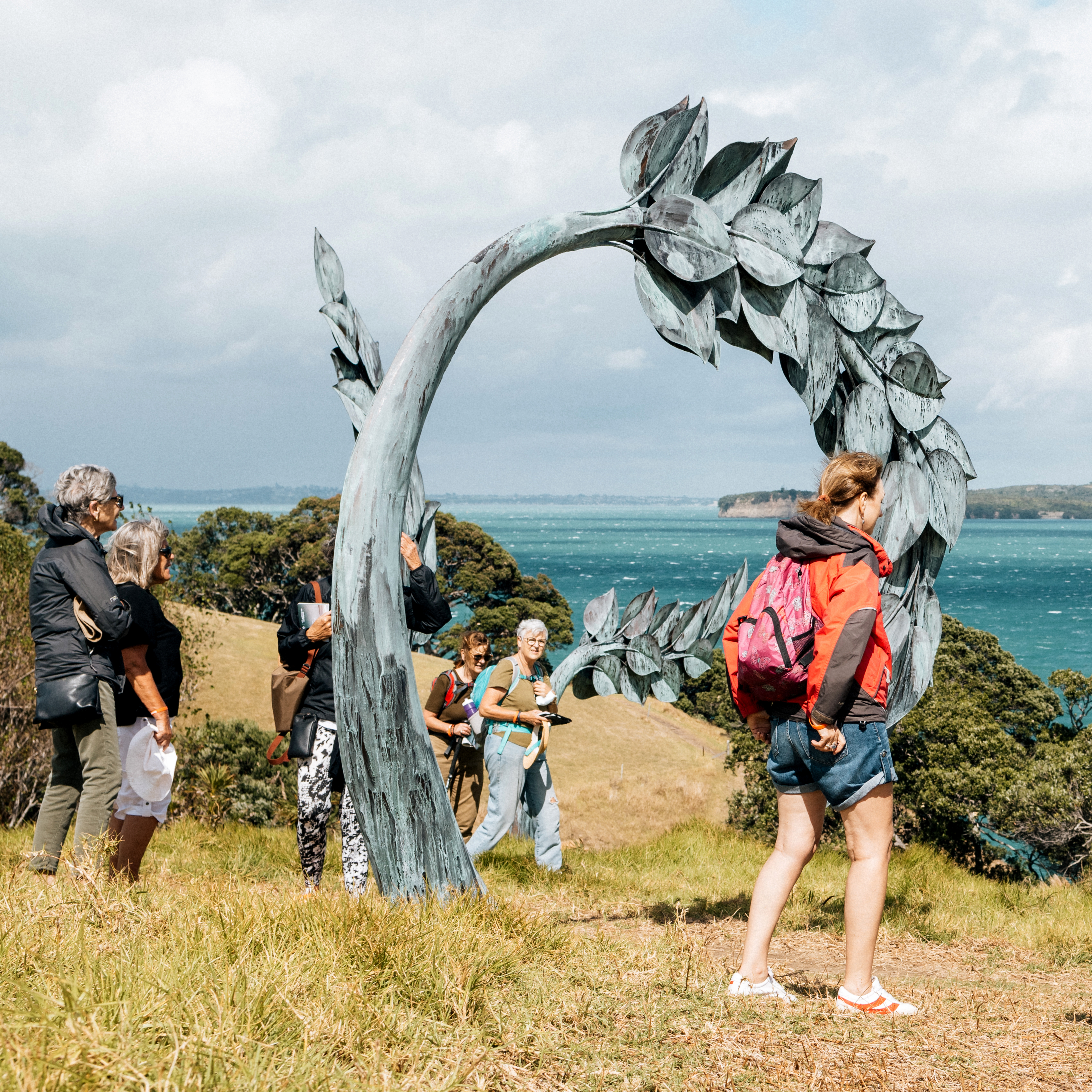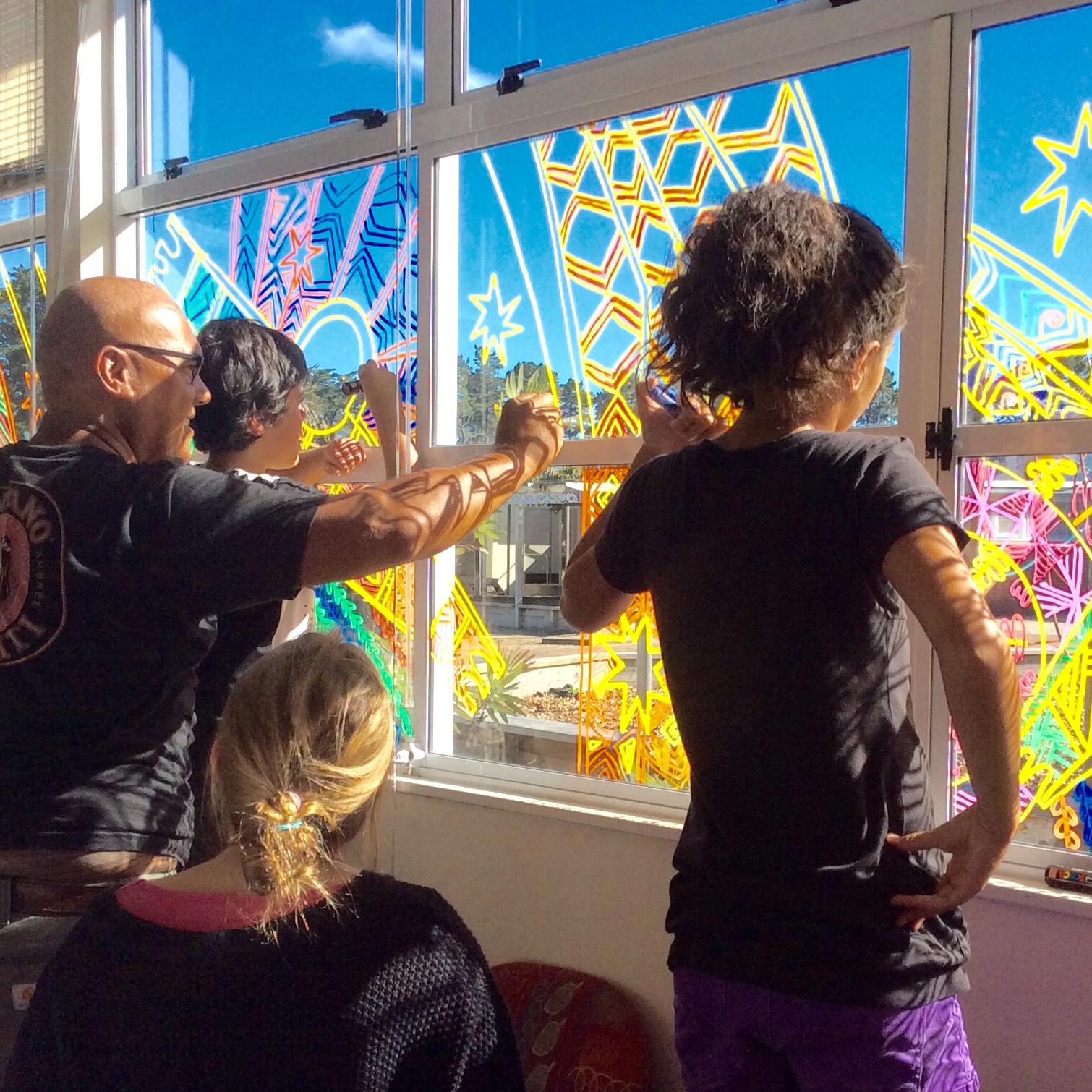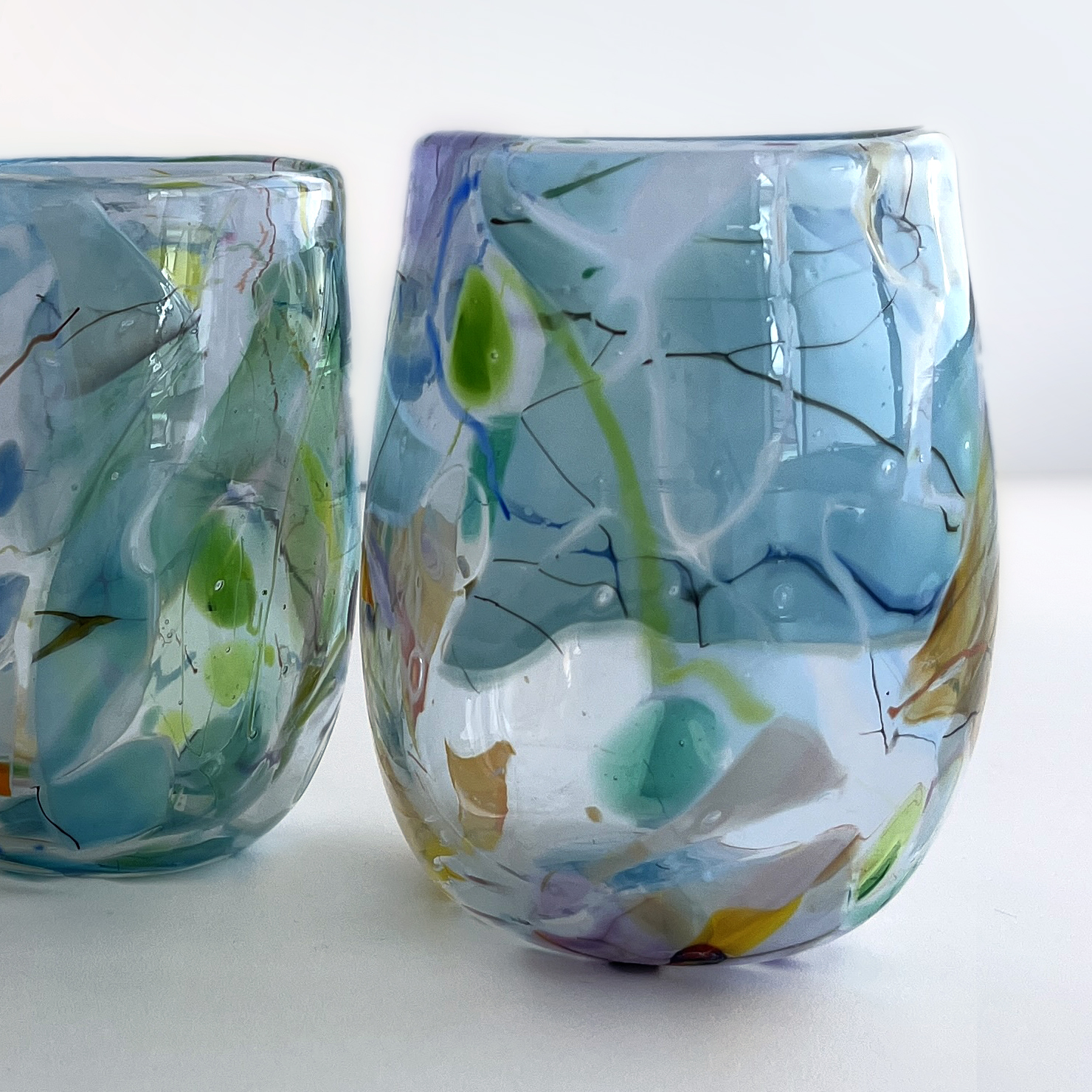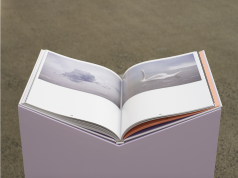
Events

Learn

Greta Anderson in association with Two Rooms, presents Night History in the Allpress Olive Groves Gallery.
Essay - Virginia Were
Night History, Greta Anderson
Encountering Greta Anderson’s photographs in Night History is like coming across a collection of objects that exude strangeness despite being drawn from everyday life. Mostly they are objects that are so unremarkable they would be overlooked were they not bathed in an eerie, otherworldly light and emerging from the velvety darkness that threatens to swallow them. In one photograph, five plump lemons float in galactic blackness, in another a purple-tinged crystal cluster looks like an icy mountain range; a white horse emerges out of inky darkness – caught mid-canter by Anderson’s quick lens. This image is her nod to legendary English photographer Eadweard Muybridge who in 1878 used his camera to ‘freeze’ the complex sequence of strides of a galloping horse – something no one had seen before.
There seems to be a typological impulse at play in Anderson’s photographs and this is emphasised by her use of the ‘day for night’ process, which isolates her subjects as single objects floating against a dark background – as if they have been photographed for a catalogue. ‘Day for night’ is the cinematic practice of filming night-time scenes during the day and is often used in B-grade movies as a way to save production costs. When I asked Anderson what draws her to certain objects, she replied, “There is no ordering principle and that is the ordering principle. I am an inconsistent person. I collect images like a museum collects and I try to order them into grammatically incorrect but pleasing sentences”.
Her impressive lighting and composition skills bring to mind the aesthetics of advertising and product photography and lend her portraits and still lifes a theatrical edge. Their lineage also connects with staged photography from the 1990s. “In my early projects I used the natural world as stage backdrops for the cultural world. Humans. In the mid-1990s I began creating photographic tableaux inspired by artists like Canadian Jeff Wall. I also enjoyed the images of American artist Gregory Crewdson, which I saw in Los Angeles where they were presented as giant lightboxes. Their size made them cinematic and yet there was no movement so you were able to meditate on different areas within the frame at leisure. This was when I started printing large photographs. All of my photographic projects come from my research into many different areas of nature and culture and what links the two.”
There is an uneasy tension between nature and culture in Anderson’s photographs – the image of a crystal cluster, for example, alludes to geological processes occurring in nature and also to talismanic objects that were popular in New Age culture in the 1970s and 1980s when people thought these objects could channel energy and promote healing. The photograph Day for Night Morning Glory, Te Henga/Bethells comes from a series of photographs of weeds. Despite its poetic name and appealing purple blooms, Morning Glory is a noxious weed that overwhelms indigenous plants by smothering them, which leads to biodiversity loss. I respond to some of Anderson’s images as warnings, which speak of how the human desire for a superficial and seductive kind of beauty ultimately turns out to be destructive. Anderson doesn’t contradict this apocalyptic reading of her work. “At the time the weeds looked lovely. They are so lush and successful, but weeds take over and that is the dystopian lens I was focusing through at the time.” - Virginia Were
View Exhibition Catalogue Here
Greta Anderson (b. Auckland, Aotearoa New Zealand) completed a Master of Visual Arts Degree at Sydney College of the Arts in New South Wales (2006) and a Bachelor of Fine Arts at Elam School of Fine Arts, University of Auckland (1999).
Atmospheric and visually striking, Anderson draws cinematic qualities into her still photographic images, embuing them with mood and drama.
Anderson often captures figures and objects in intermediary states, moving from day into night, stillness into potential.
Anderson has been selected for numerous major exhibitions at important venues for contemporary art and photography including Gus Fisher Gallery (Auckland), the Australian Centre of Photography (Sydney), The University of Sydney, the Museum of Photographic Arts (San Diego), the Ringling Museum of Art (Sarasota) and the Archibald Prize at the Art Gallery of New South Wales (Sydney).
Anderson’s work has been featured in numerous photographic compendiums including Picturing Eden by Anthony Bannon and Deborah Klochko (2006), Future Images by Mario Cresci (2010), PhotoForum at 40: Counterculture, Clusters, and Debate in New Zealand by Nina Seja (2014), and See What I Can See: New Zealand Photography for the Young and Curious by Gregory O’Brien (2015).
In addition, Anderson has a comprehensive commercial portfolio, having been invited to photograph campaigns for high-profile advertising agencies including Saatchi & Saatchi, DDB, and Mojo, and for editorials in the New Zealand Herald, Metro Magazine and the Australian Financial Review. - Two Rooms
Generously supported by the Waiheke Local Board and Postage Stamp Wines.
image: Greta Anderson - DAY FOR NIGHT, WHITE HORSE 2015
The publication There is Nowhere to Go, There is Nothing to Do accompanies the exhibition and is available for purchase.


Subscribe to our newsletter and receive a monthly update on exhibitions, events and programmes at the Gallery.
Subscribe To Our NewsletterSign up to our newsletter and receive a monthly update on what‘s happening at Waiheke Community Art Gallery.